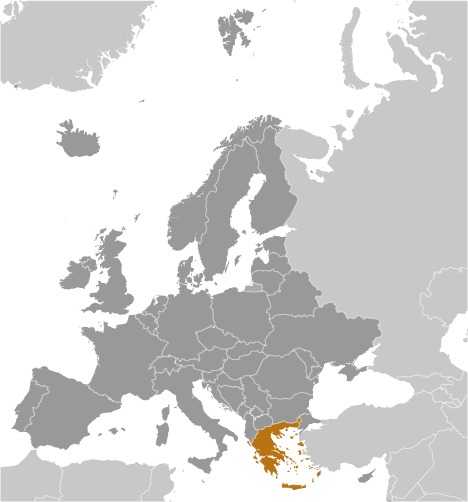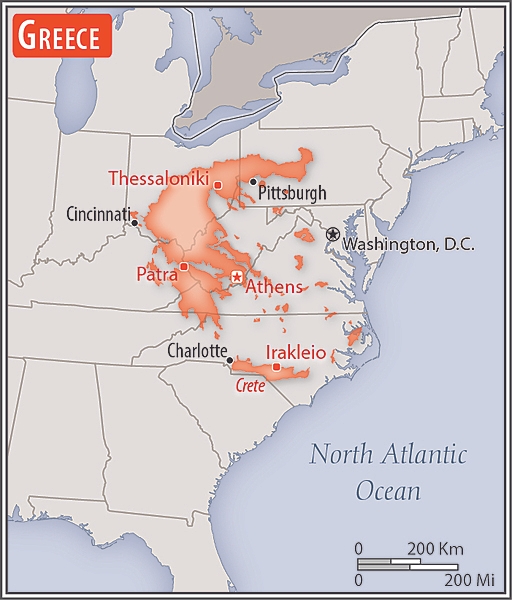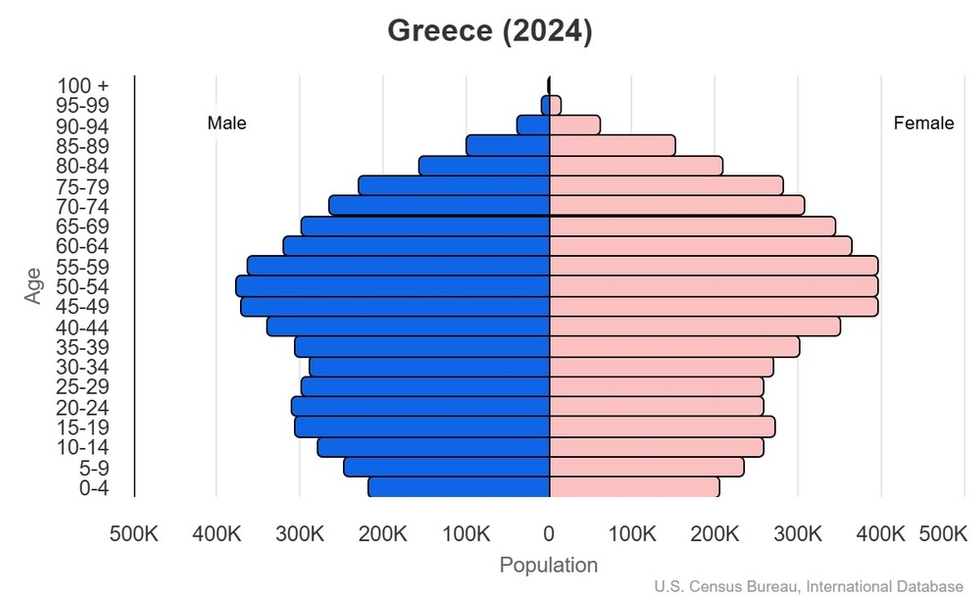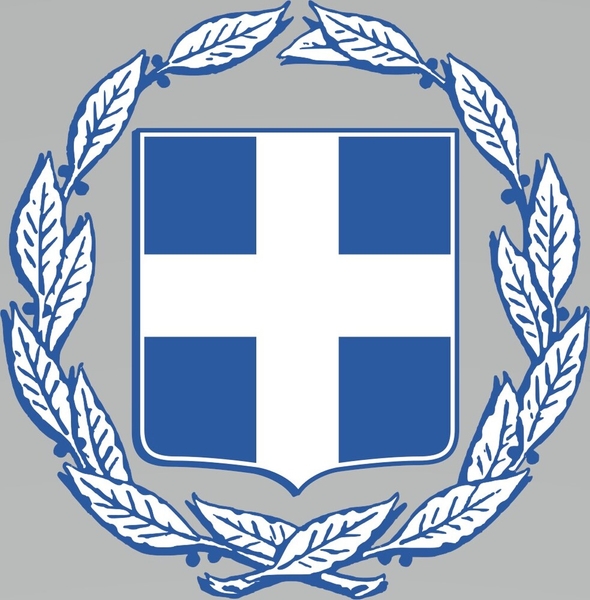Introduction
Visit the Definitions and Notes page to view a description of each topic.
Geography
People and Society
Population
comparison rankings: total 90; male 92; female 88
Languages
Median age
comparison ranking: total 10
Population growth rate
comparison ranking: 215
Birth rate
comparison ranking: 219
Death rate
comparison ranking: 16
Net migration rate
comparison ranking: 63
Maternal mortality ratio
comparison ranking: 171
Infant mortality rate
comparison ranking: total 195
Life expectancy at birth
comparison ranking: total population 40
Total fertility rate
comparison ranking: 211
Obesity - adult prevalence rate
comparison ranking: 54
Alcohol consumption per capita
comparison ranking: total 66
Tobacco use
comparison ranking: total 30
Education expenditure
comparison ranking: Education expenditure (% GDP) 133
Environment
Carbon dioxide emissions
comparison ranking: total emissions 51
Government
Economy
Real GDP (purchasing power parity)
comparison ranking: 54
Real GDP growth rate
comparison ranking: 142
Real GDP per capita
comparison ranking: 62
Inflation rate (consumer prices)
comparison ranking: 76
GDP - composition, by sector of origin
comparison rankings: agriculture 127; industry 162; services 44
Industrial production growth rate
comparison ranking: 30
Labor force
comparison ranking: 92
Unemployment rate
comparison ranking: 149
Youth unemployment rate (ages 15-24)
comparison ranking: total 35
Gini Index coefficient - distribution of family income
comparison ranking: 95
Public debt
comparison ranking: 2
Taxes and other revenues
comparison ranking: 11
Current account balance
comparison ranking: 187
Reserves of foreign exchange and gold
comparison ranking: 68
Energy
Electricity
comparison rankings: installed generating capacity 44; consumption 55; exports 48; imports 31; transmission/distribution losses 166
Energy consumption per capita
comparison ranking: 56
Communications
Telephones - fixed lines
comparison ranking: total subscriptions 29
Telephones - mobile cellular
comparison ranking: total subscriptions 89
Broadband - fixed subscriptions
comparison ranking: total 39
Transportation
Merchant marine
comparison ranking: total 20






